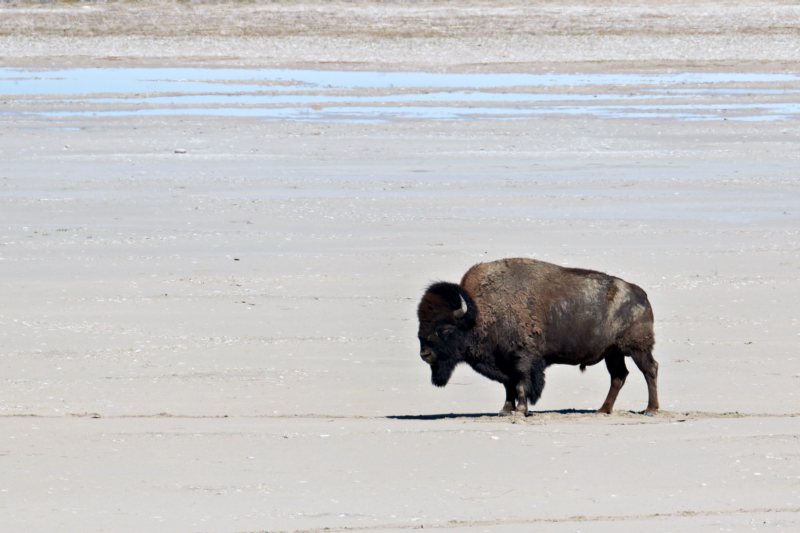Negative space is a powerful yet often underutilized composition technique in wildlife photography. By deliberately incorporating empty space around your subject, you can create striking, minimalist images that draw attention to the animal while evoking emotion and enhancing storytelling. In this guide, we’ll explore how to effectively use negative space to elevate your wildlife photography.

What Is Negative Space in Photography?
Negative space refers to the unoccupied or less detailed areas surrounding your subject. Instead of filling the frame with distractions, this technique introduces breathing room, helping direct the viewer’s eye to the main subject while enhancing simplicity and mood.
Why Negative Space Enhances Wildlife Photography
Using negative space strategically can transform your wildlife images in several ways:
- Creates a sense of solitude – Ideal for capturing lone animals in vast landscapes.
- Enhances composition balance – A cleaner frame eliminates distractions and strengthens visual appeal.
- Directs attention to the subject – A detailed subject against a simple background increases its impact.
- Adds depth and storytelling – A soaring bird against a vast sky or an animal standing in fog can evoke strong emotions.
How to Effectively Use Negative Space
1. Position Your Subject Thoughtfully
- Apply the rule of thirds by placing the subject off-center for a balanced composition.
- Leave space in the direction the animal is moving or looking to naturally guide the viewer’s eye.
2. Choose Clean, Uncluttered Backgrounds
- Seek out open skies, water, snow, or sand for a minimalist effect.
- Use a wide aperture (f/2.8 – f/5.6) to blur distractions and enhance negative space.
- Take advantage of overcast days for soft, even lighting that complements minimalist compositions.
3. Utilize Contrast and Color for Impact
- A dark silhouette against a bright sky creates a dramatic effect.
- Muted backgrounds like fog, mist, or blurred foliage help isolate the subject.
- Consider color harmony – monochromatic scenes feel more cohesive and visually appealing.
Real-World Examples of Negative Space in Wildlife Photography
- A lone fox in a snow-covered field – The vast emptiness of the snow amplifies the fox’s presence.
- A bird soaring in a vast blue sky – The open space emphasizes movement and freedom.
- A deer in a foggy meadow – The mist softens distractions, making the animal the focal point.
Post-Processing Tips to Enhance Negative Space
- Crop strategically to increase negative space and refine composition.
- Adjust brightness and contrast to make the subject stand out.
- Apply subtle vignetting to gently direct focus toward the wildlife.
Final Thoughts
Mastering negative space enables you to create visually compelling wildlife images that evoke emotion and storytelling. By simplifying your compositions and allowing empty space to play a role, you can transform ordinary scenes into powerful, impactful photographs.
Next Up: How to Capture Wildlife Behavior for More Engaging Storytelling. Stay tuned!
